
Are your medical records safe?
Cyberattacks on healthcare demand robust data management, secure disposal practices, and collaborative cybersecurity measures to

Cyberattacks on healthcare demand robust data management, secure disposal practices, and collaborative cybersecurity measures to
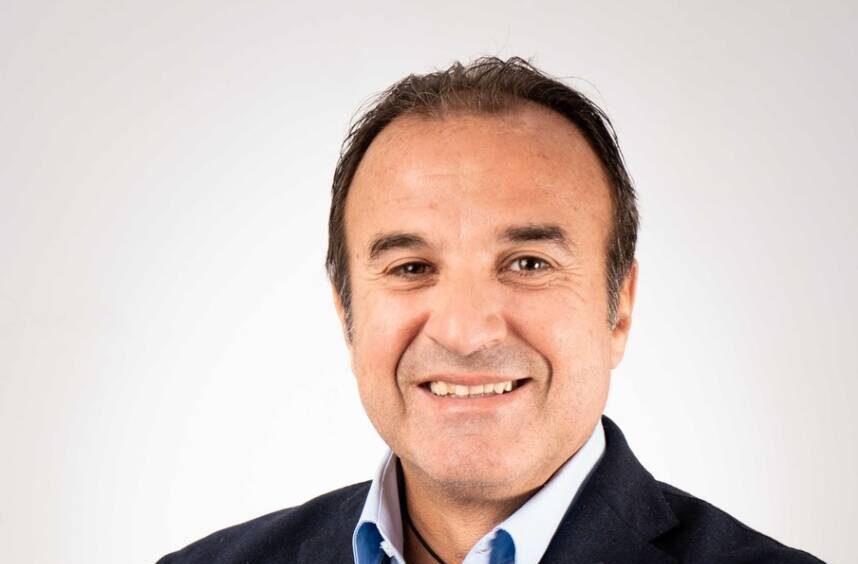
Boasting world-class data protection capabilities has never been more essential for companies across industries. While
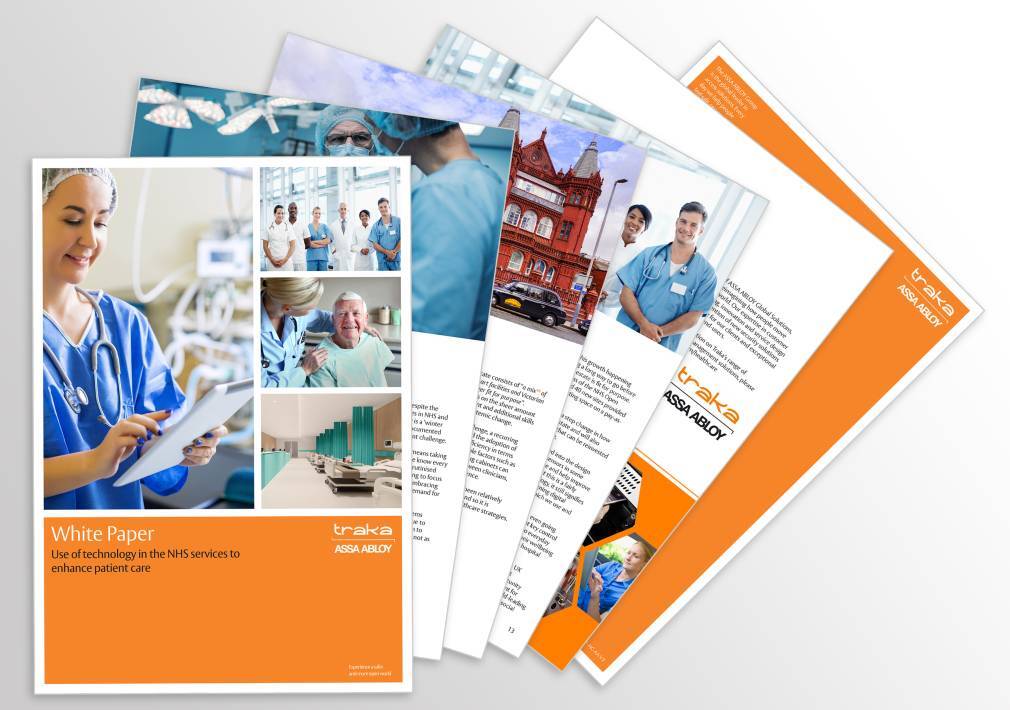
Traka has launched a new white paper that seeks to identify the ‘wealth of opportunities’

The increasing adoption of connected medical devices is accelerating cyberattacks, according to Capterra’s Medical IoT
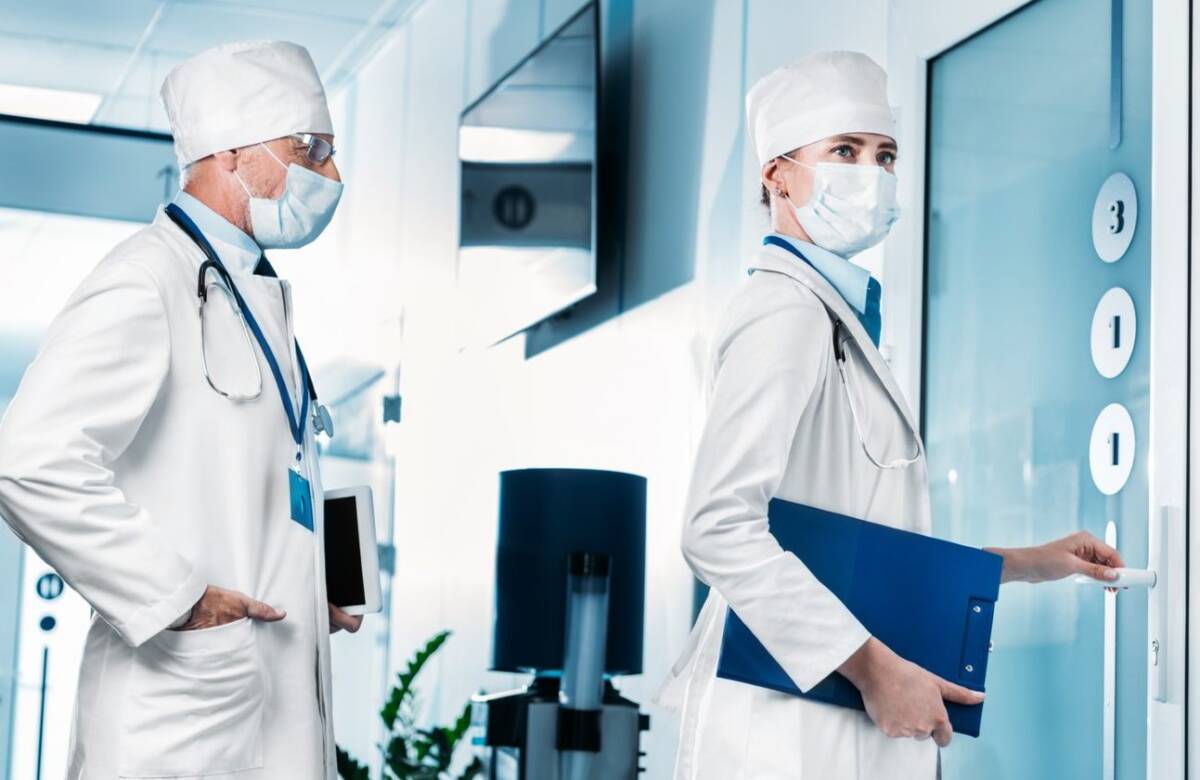
Thomas Schulz of ASSA ABLOY Opening Solutions explores the four places where wireless access control
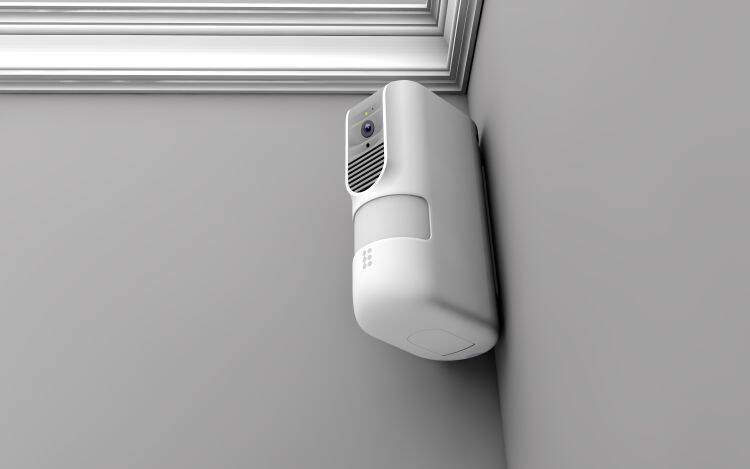
Essence Group, a technology group developing IoT-based security, safety and healthcare solutions for homes, families
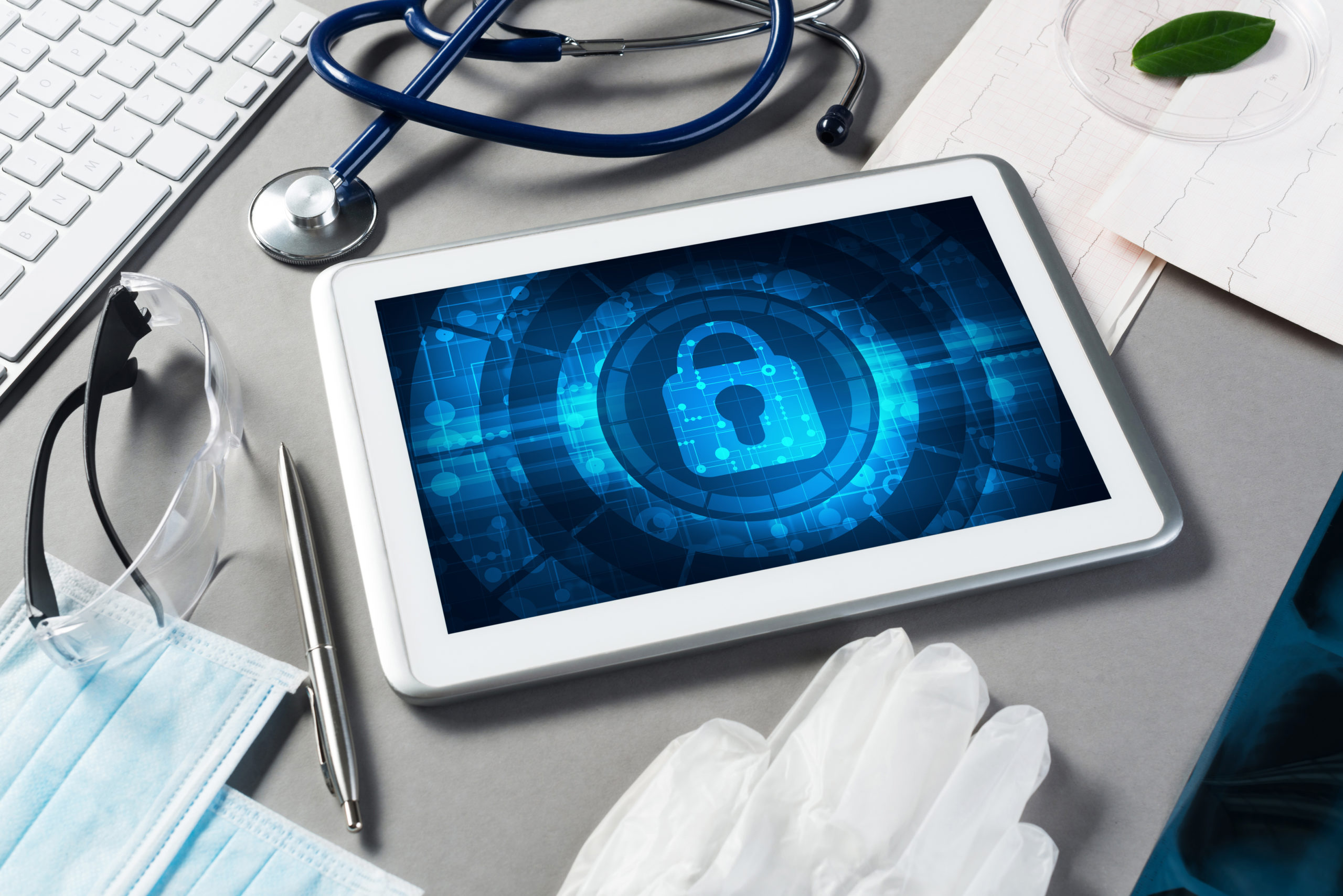
What growing challenges do we expect to see in the healthcare sector in the next

Thousands of patients are dying every year and hospitals are wasting up to 15% of

Thousands of patients are dying every year and hospitals are wasting up to 15% of
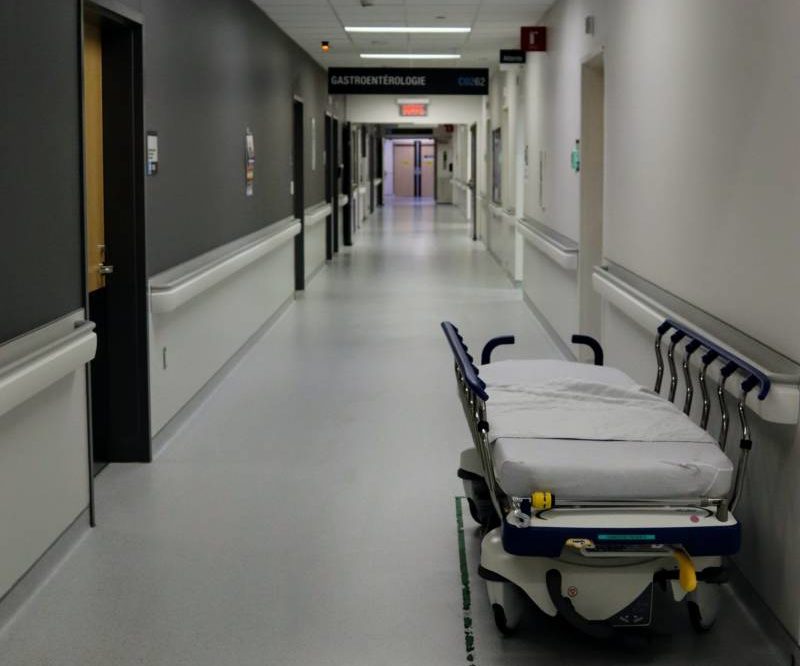
We take a look into the technologies that are helping to protect the healthcare facilities
Copyright notice This website and its content is copyright of Security Buyer – © Hand Media International LTD 2021. All rights reserved. Any redistribution or reproduction of part or all of the contents in any form is prohibited other than the following: you may print or download to a local hard disk extracts for your personal and non-commercial use only you may copy the content to individual third parties for their personal use, but only if you acknowledge the website as the source of the material You may not, except with our express written permission, distribute or commercially exploit the content. Nor may you transmit it or store it in any other website or other form of electronic retrieval system.